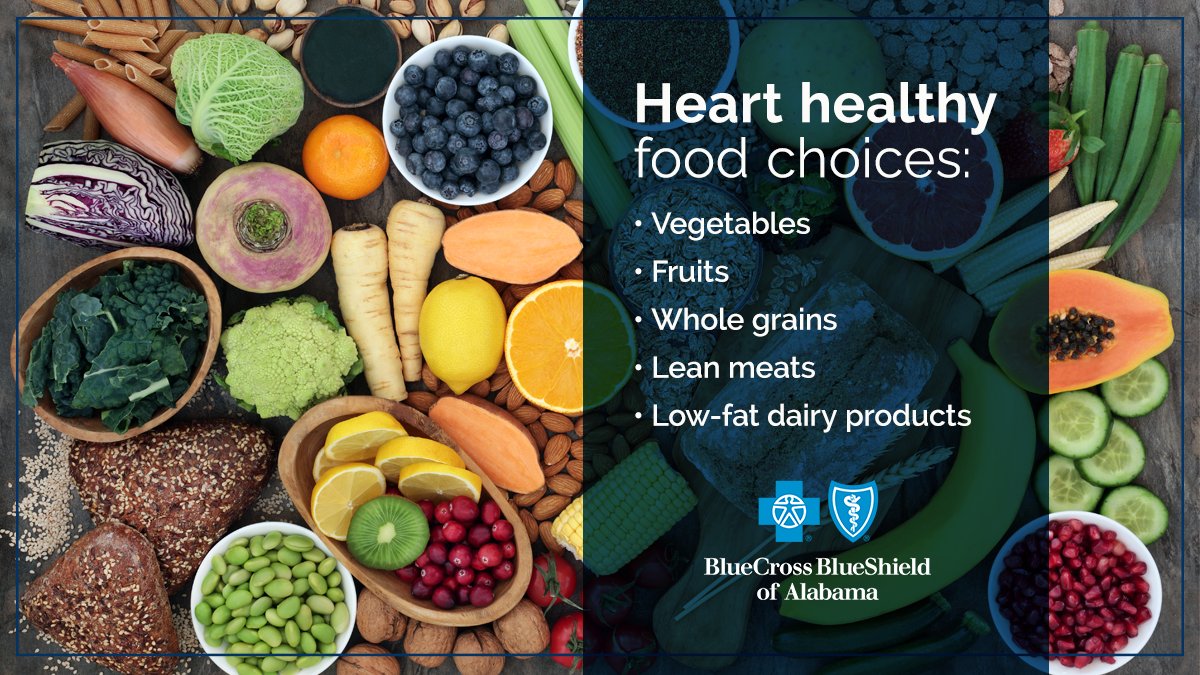
Researchers believe that 20-30% of life expectancy can be attributed to genetics, while the rest are a result of lifestyle choices and genes. Despite an increase in life expectancy, the average person's lifespan hasn’t changed significantly over the past decade. A variety of factors can impact a person's lifespan. Exercise and healthy eating are two of the most important factors.
Even though genetics research is still very early, it has been demonstrated that nutritional requirements are linked to a longer lifespan. This study revealed that 25 percent variance in human lifespan is genetic and that many genes play a role in aging. While not completely understood, three genes have been linked with longevity. These genes are the APOE gene and FOXO3 genetics. These genes don't appear play a significant role in determining one’s life expectancy but are known to work together.

The average American lives for around eighty to eighty year. Asian-Americans on the other hand, live an average of nearly 100 years more. Black Americans are the most likely to live a shorter life expectancy, but they also have poorer health. Women are also more likely to get heart disease, cancer, and diabetes than their white counterparts. Women live longer than men, however. There are many theories that explain why women live longer than men, but they all have to do with better health and fewer physical activities.
While life span is not a genetic factor, lifestyle factors are important. A person's lifestyle, including the type of food and environment they live in, has a major impact on their life expectancy. In the first seventy years of life, lifestyle plays a greater role in determining life expectancy than genetics. As they age, they are more likely be healthy and to avoid many age related diseases.
Environment, genetics, and lifestyle all play a role in the length of one's life expectancy. People with longer life expectancies are healthier than their counterparts. Your parents' environment and lifestyle are key factors in determining your life expectancy. People living in poverty can have a direct impact on their longevity. These factors are crucial, but they do not always have to be causal. If you want to extend your life, make sure to eat healthy foods. A lot of fresh fruits, vegetables and meats will make you live longer.

Scientists have observed people living into their nineties and nineties. They have the same lifestyles as those who live in their nineties and thirties. They don't smoke and aren't overweight. They are also good at managing stress. Moreover, they tend to be female. Not to be overlooked, healthy older adults live longer than their counterparts.
FAQ
What is a good daily gym routine?
Regular exercise is key for staying in shape. It doesn't matter what type of fitness activity you choose as long as you do it regularly. Consistency is the key. It is important to stay consistent in order to get results.
Begin small daily activities like walking. Then gradually increase the time spent exercising until you spend 30 minutes a day working out. This could be running, biking, swimming or weight training.
You should try to ensure that you exercise most days of the week. If you have a reason to miss a session, don't skim it.
When exercising outside, make sure you have the right clothing and shoes. You also need to consider the weather conditions and whether they affect your ability to exercise safely.
Make sure that you drink plenty of water while you're exercising. Drinking alcohol at this time can lead to dehydration. Caffeinated beverages such as tea, coffee, and cola should be avoided. They can give you energy, but will also dehydrate.
When you first start exercising, you might feel tired after completing your workouts. You'll feel more energetic and refreshed if you keep going with your exercise program.
How many calories should I eat daily?
This can vary from person to person. On average, 2000 to 2500 calories are consumed per day. The factors that determine how many calories are needed for you include your gender, age, height, activity level, lifestyle, and gender.
Do I have to do it every day?
No! No! This could be walking fast enough so you feel slightly out breath or cycling hard enough to sweat.
Statistics
- According to the American Academy of Dermatology (AAD), men over 50 are at a heightened risk of developing it. (healthline.com)
- Candidates and applicants must pass all four tests at 70% (minimum level) to graduate from Basic Deputy U.S. Marshal (BDUSM) Training. (usmarshals.gov)
- Are You One of the 20% of Guys (mh.co.za)
- An estimated calorie range for moderately active adult males falls between 2,200 to 2,800 calories per day, depending on age. (eatright.org)
- According to the American Heart Association, blood pressure should be checked at least once every two years, beginning at age 20. (my.clevelandclinic.org)
External Links
How To
How can a man be fit in only 30 days?
Breaking down your fitness goals into manageable steps is the best way to reach your goals.
You need to make sure you are working towards the goal each day. This could be anything from running 3km to doing 10 pushups in 5 minutes.
This will ensure that you see positive results if you practice it consistently over time.
Here, consistency is the key. It is important to persevere until you succeed.
What is the difference between Aerobic Fitness (or Anaerobic Fitness)?
Anaerobic fitness describes the body's ability not to use oxygen to perform intense physical tasks. Anaerobic pathways provide sufficient energy for high-intensity exercise. Anaerobic pathways include glycolysis, creatine phosphate, the phosphagen, lactic acid, etc.
Cardio fitness is, in contrast to aerobic fitness, the practice of sustaining low-intensity exercise. When performing aerobic exercises oxygen is used to fuel the cells. In other words, aerobic pathways provide more energy than anaerobic.
You need to build up your aerobic capability if you plan on running a marathon. If you only focus on building up your anaerobic capacity, you won't be able to finish the race.
Aerobic fitness may also be known as cardiovascular fitness. The most common methods of determining cardiovascular fitness are step tests and VO2max testing.
VO2 Max Testing
The body's maximum oxygen consumption during exercise is called the VO2 Max. This test measures the body's ability to use O2 while exercising.
This test measures cardiovascular fitness in a way that is most accurate. However, it requires expensive equipment and highly trained professionals to administer the test.
Step Tests
Step tests can be used to assess cardiovascular fitness. They are easy and effective. You will be asked to walk, jog or run for a specific time on a track. This is based on your age or weight.
These tests can be conducted almost anywhere and are cheap, simple, and easy. You can, for example, walk for 2 minutes on a treadmill, then rest for 1 min, then repeat the process for 20 minutes. Then, stop. You should maintain a constant heart rate throughout the session.
This method is known as the "Bruce Protocol". Bruce, himself a runner developed this protocol when he realized his heart rate didn't rise when he ran long distances.